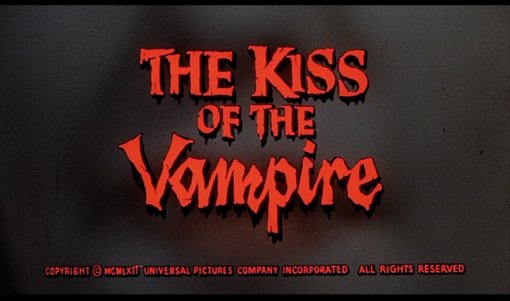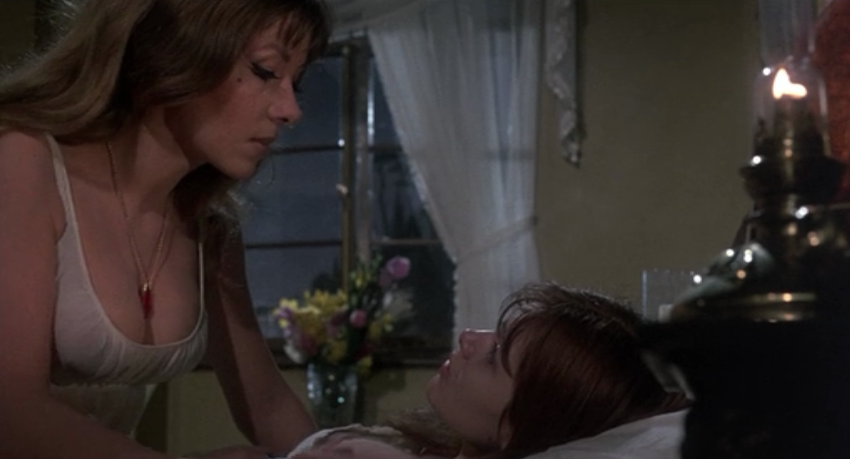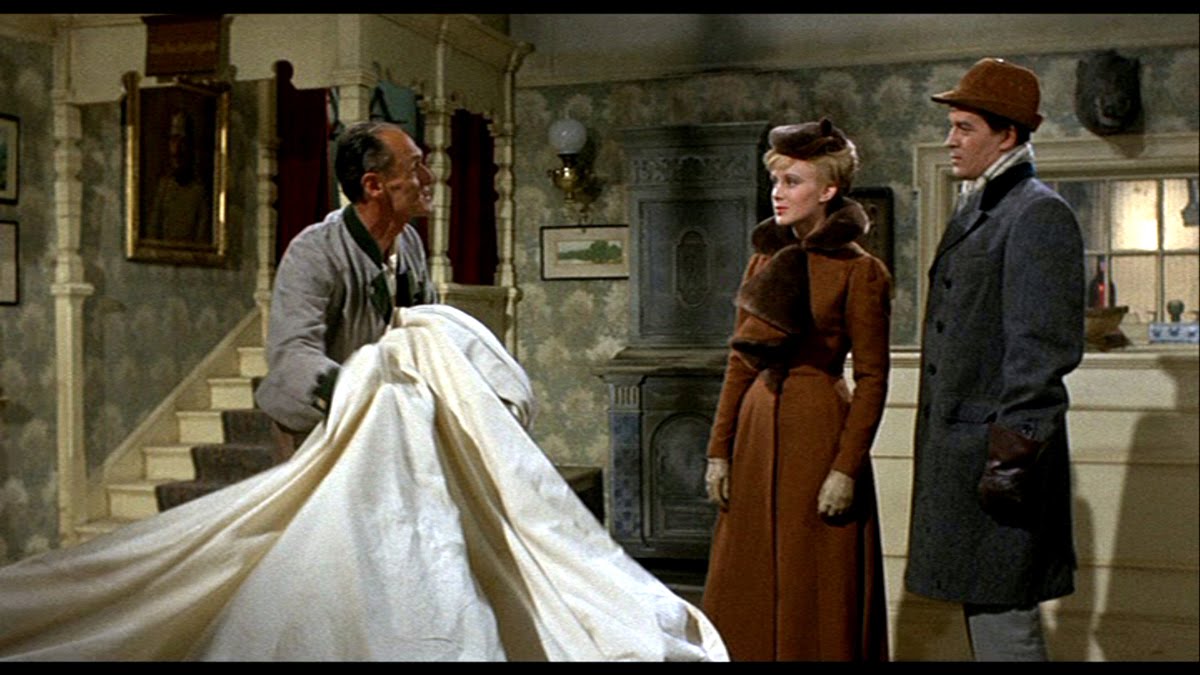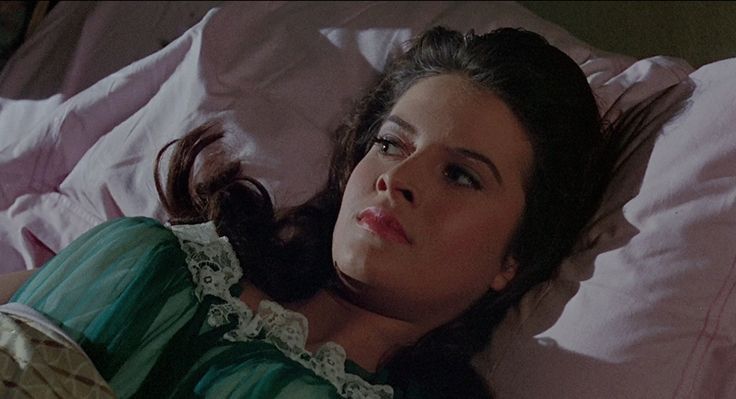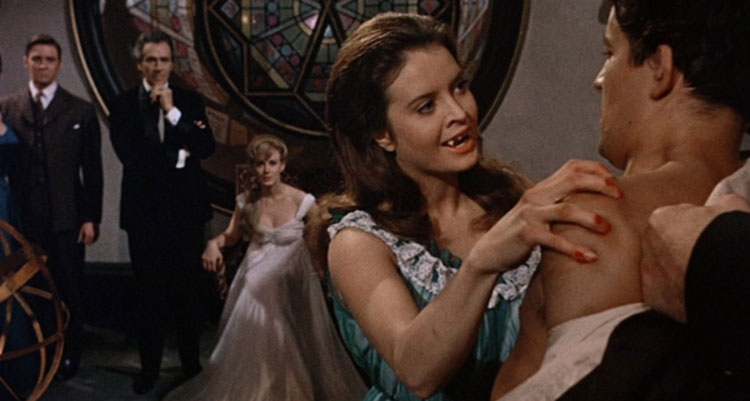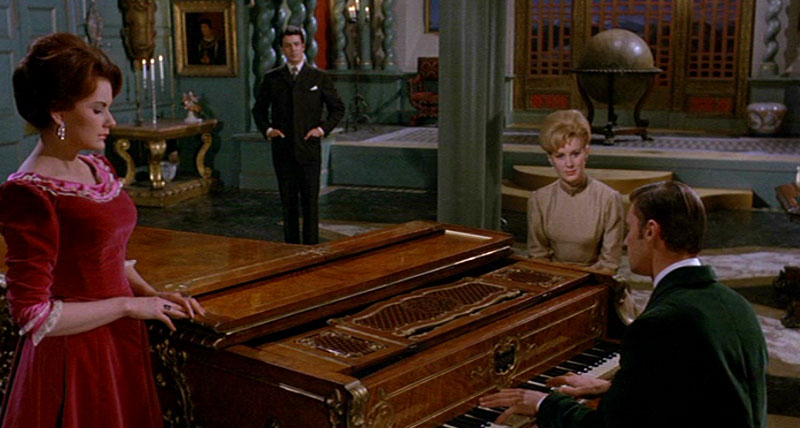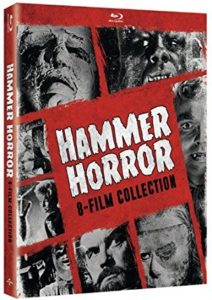#13. Messiah of Evil (1973)
 Nature of Shame:
Nature of Shame:
Unwatched Code Red Blu-ray. Supposed underseen classic of horror cinema.
Hooptober Challenge Checklist:
Decade: 1970’s
Female Directed Horror Film
I’d watched the beginning of this film twice. Through no fault of the film itself I had to abandon each viewing. Life intervenes. This time there would be no distractions. The wife even joined me for the viewing. With her viewing alongside me that meant one fewer potential distraction to pull me away.

Messiah of Evil Elevator Pitch
A young woman travels to a remote California town called Point Dume to find her artist father. She finds an empty beachfront house and a diary that details an evil overtaking the town. After meeting a philandering aristocrat and his sexy entourage (sextourage?), they attempt to put together the pieces of puzzle. What happened in this town?
In the Creepy Town of the Bloody Walking Dead
Let’s consider Messiah of Evil the hippie reaction to George Romero’s Night of the Living Dead. As a surrealist nightmare Willard Huyck and Gloria Katz’s film succeeds at crafting a kind of Lovecraftian spin on self-induced fatalistic Kafka. Sure. Let’s go with that. Pure evil invading contemporary culture. Contemporary culture staring back and saying, “Looks like we’re in a bit of a pickle. Oh well. We had a good run. Cheers, everybody.”

Arletty arrives in this town to find what happened to her father. Once she tags up with this Thom, a Portuguese-American aristocrat (how is this even a character?), and his sexy wind-up harlots, it becomes readily apparent that whatever happened in Point Dune is still happening and, pretty sure, daddy’s gone, hun.
Yet these characters hang around, just to be sure. It’s becoming a bit of a bugaboo for me with horror movies. Characters find themselves in a situation that feels either terminally hopeless or abnormally unusual/frightening/unsettling. Instead of taking advantage of the flight component of our innate fight or flight instincts, they stick around because A) they won’t be bullied; B) goddammit they’re going to find out what happened to so and so; and/or C) the movie has no contingency plan for a character that makes rational decisions.

So. Uh. You Mentioned Zombie Vampires?
Messiah of Evil gets a half pass on the characters refusing to leave a hopeless situation. It’s clear that Huyck and Katz want to operate in the arena of arty surrealist intellectualism. Since Arletta refuses to leave because she must find her father, she finally comes into contact with the aforementioned zombie vampire hybrid that populate Point Dume.
The movie derives it’s brand of monster from Romero’s Night of the Living Dead. Messiah adds a vampiric quality, probably because of the film’s proximity to Romero’s then unique take on the zombie. (The Romero zombie becomes the cinema standard in short order.) We’re directed to see vampires or at the very least cult figures, but as a result of this reading Huyck and Katz keep the viewer off balance, further contributing to this unsettling gateway to another world curse.
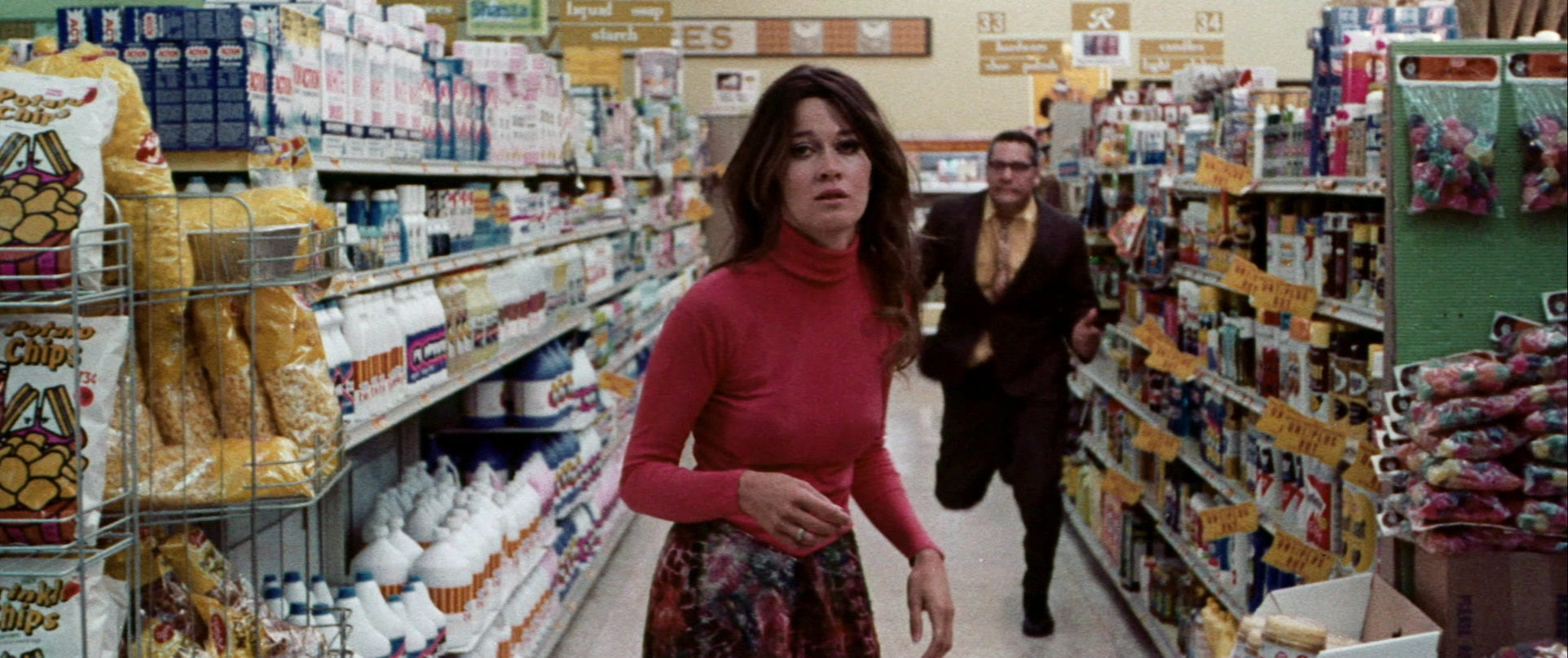
The standout scene in the film takes full advantage of this imbalance as one of Thom’s harlots attempts to flee (right decision, poor execution) and finds herself trapped in the town’s supermarket. Within this supermarket, the zombie vampires stand over the meat cooler and have at a pile of choice cutlets. Of course, she’s like filet mignon to their shrinkwrapped ground beef.
Vampire Zombis Can Die? Eh. #SpoilerAlert
In keeping with the surrealism, the movie never spells out the rules for these kinds of monsters. Messiah of Evil doesn’t care about rules or the possibility of vanquishing these foes. Because they’re not actually the opposition. The opposition becomes the coming apocalypse. All of the corrupted townspeople gain this hunger for “meat,” but they’re none too picky about the source. The consumption of meat is a visual trope to create relatable and more horrific monsters beyond “Waiting for Godot” idlers. They’re all just biding their time until the return of “the stranger” of legend. But, hey, every ghoul’s got to eat in the meantime, right?

Not everyone seems to be particularly affected. While the entire town becomes consumed by this hive-mind cultish control, a police officer rolls up to fight off a wild, roving mob of these vampire zombies. Messiah plays fast and loose with the rules (or lack thereof) for this town and this monstrous presence. So why a cop now? Why the mob? The answer’s obvious. We needed another horror beat to keep us invested.
They bleed from the eyes, cannot feel pain, crave meat and “become shells of themselves.” Arletta sorta transforms, but doesn’t and there’s entirely no explanation for her being able to escape the curse while others seem to slide right into undeadland. Okie dokie.

While the hopelessness grants this movie an uncommon dread, the movie also stumbles because the characters react without clear motivation or drive. These otherwise normal characters make strange decisions, as if acting according to the will of the unseen force controlling the town itself. I don’t know if we can credit the film for this creative decision because it seems like characters act in order to keep the film rolling not to benefit a narrative.
Final Messiah of Evil Thoughts
I’m not entirely confident in my overall assessment of Messiah of Evil as a narrative film. So much of it feels odd or aimless — but it’s also this very same tenor of filmmaking that contributes to its haunting surrealism. Messiah works in individual moments. It works at the level of the image. Huyck and Katz revel in the potency of the father’s hazy, suited figures in his paintings, the isolated seaside community, the nearly abandoned town — but they can’t seem to assemble their ideas into even a reasonable nightmare scenario. The determination of Messiah being “dreamlike” resonates, but it’s also dismissive.

The best reading of Messiah of Evil takes its cue from the father’s paintings. Always in suits, always in huddled groups approaching the foreground. The stubborn, stodgy establishment coming to extinguish and assimilate our young free-spirited protagonists (a dandy and his lovers) representing the youth movement coming out of the 60’s. Romero gave his zombie movies more meaty societal criticisms upon which to feast, but that doesn’t mean other, lesser filmmakers can’t have a scrap or two as well.
Messiah of Evil Rating:

Availability:

Code Red DVD released a wonderful Blu-ray edition of Messiah of Evil.
Messiah of Evil is also available to stream of Amazon Prime. The poor quality of the stream, however, doesn’t do the film any favors. It might be good for a sample, but nothing more.
The disc includes a nice audio commentary from the directors and a featurette about Messiah of Evil. Also of note (I haven’t seen them so I can’t necessarily recommend them!) are a pair of short films from the directors.
2018 @CinemaShame / Hooptober Progress
#1. Deep Rising (1998)
#2. The Mist (2007)
#3. Abbott and Costello Meet Frankenstein (1948)
#4. Abbott and Costello Meet the Invisible Man (1951)
#5. Abbott and Costello Meet the Mummy (1955)
#6. Maniac Cop (1988)
#7. Nightbreed (1990)
#8. The Hound of the Baskervilles (1959)
#9. In the Castle of Bloody Desires (1968)
#10. Chopping Mall (1986)
#11. The Kiss of the Vampire (1963)
#12. The Legend of Hell House (1973)
#13. Messiah of Evil (1973)
James David Patrick is a writer. He’s written just about everything at some point or another. Add this nonsense to the list. Follow his blog at www.thirtyhertzrumble.com and find him on Twitter, Instagram, and Facebook.

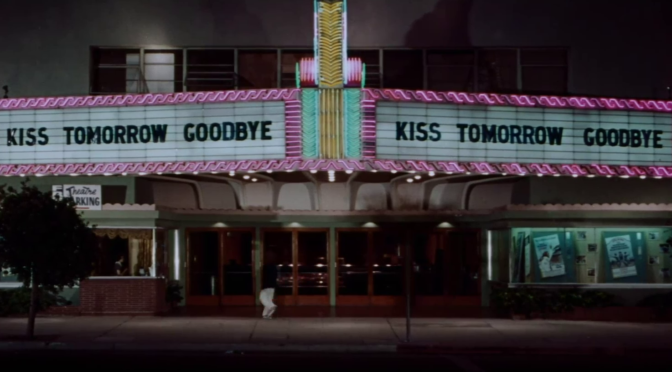
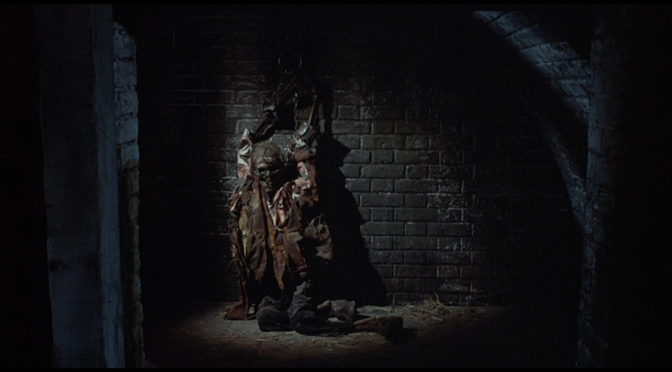
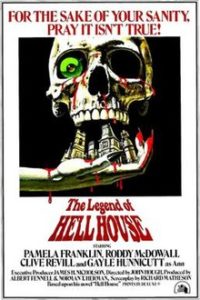 Nature of Shame:
Nature of Shame: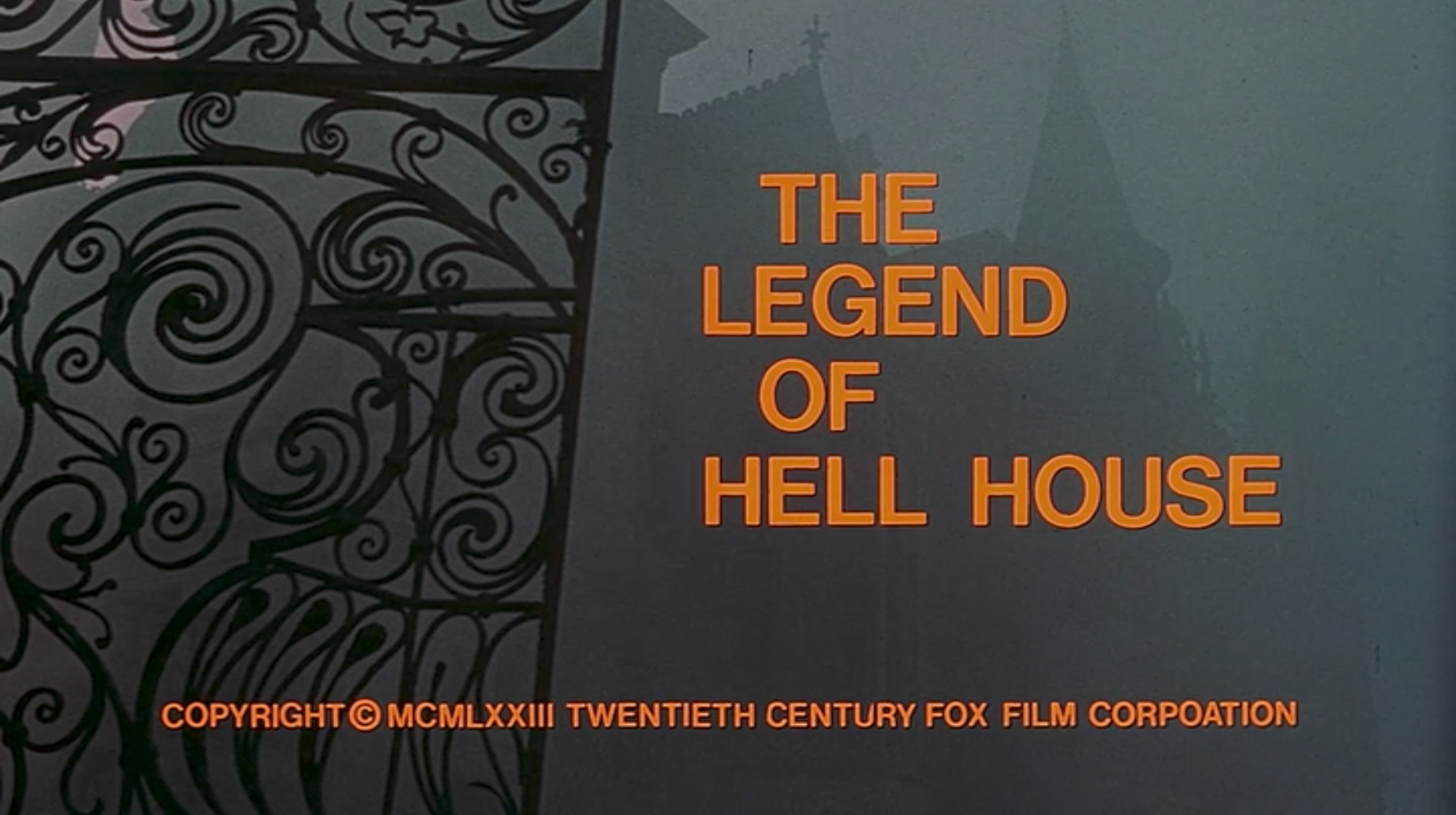
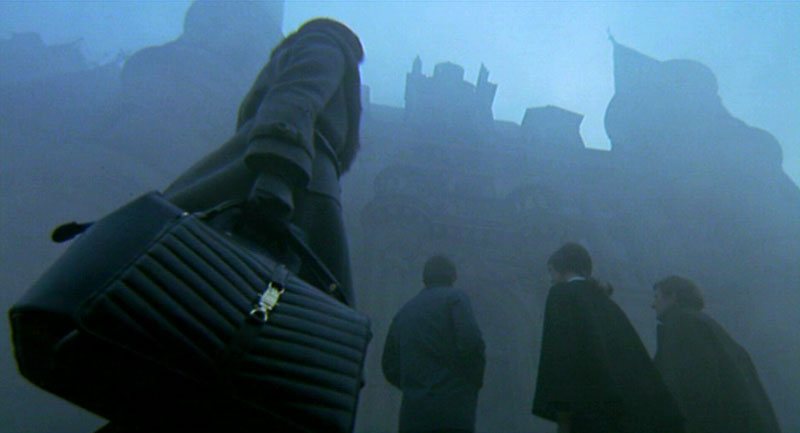
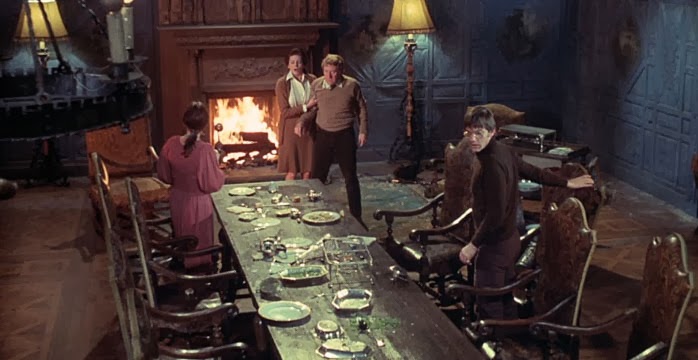
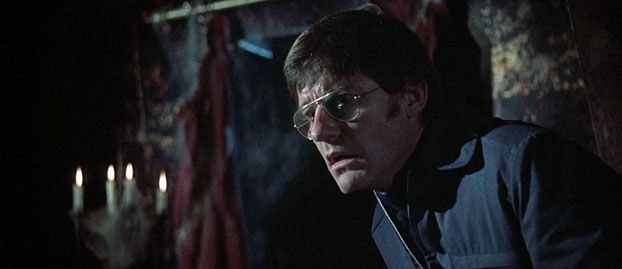
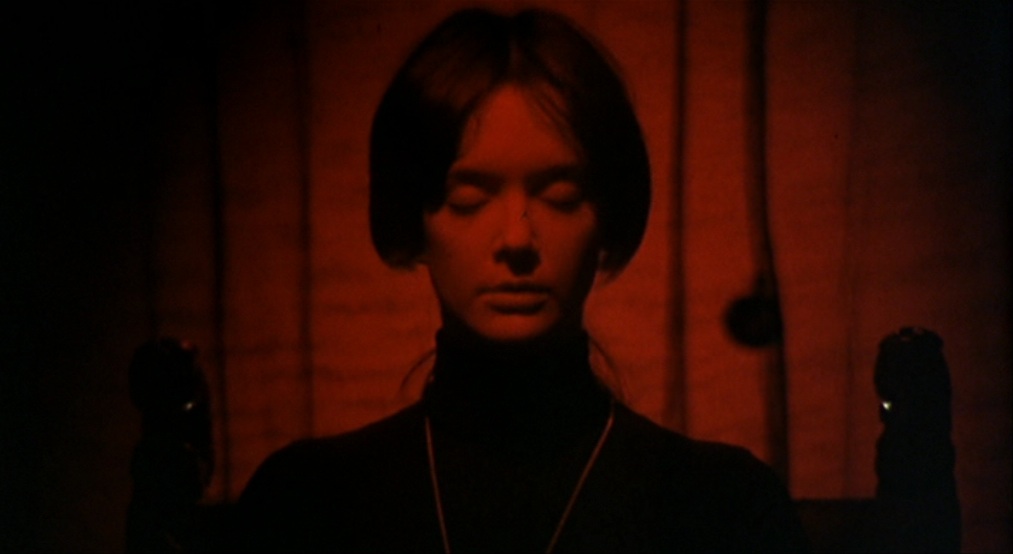
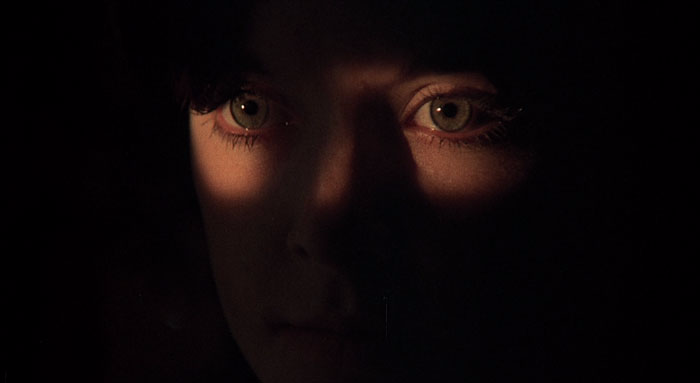
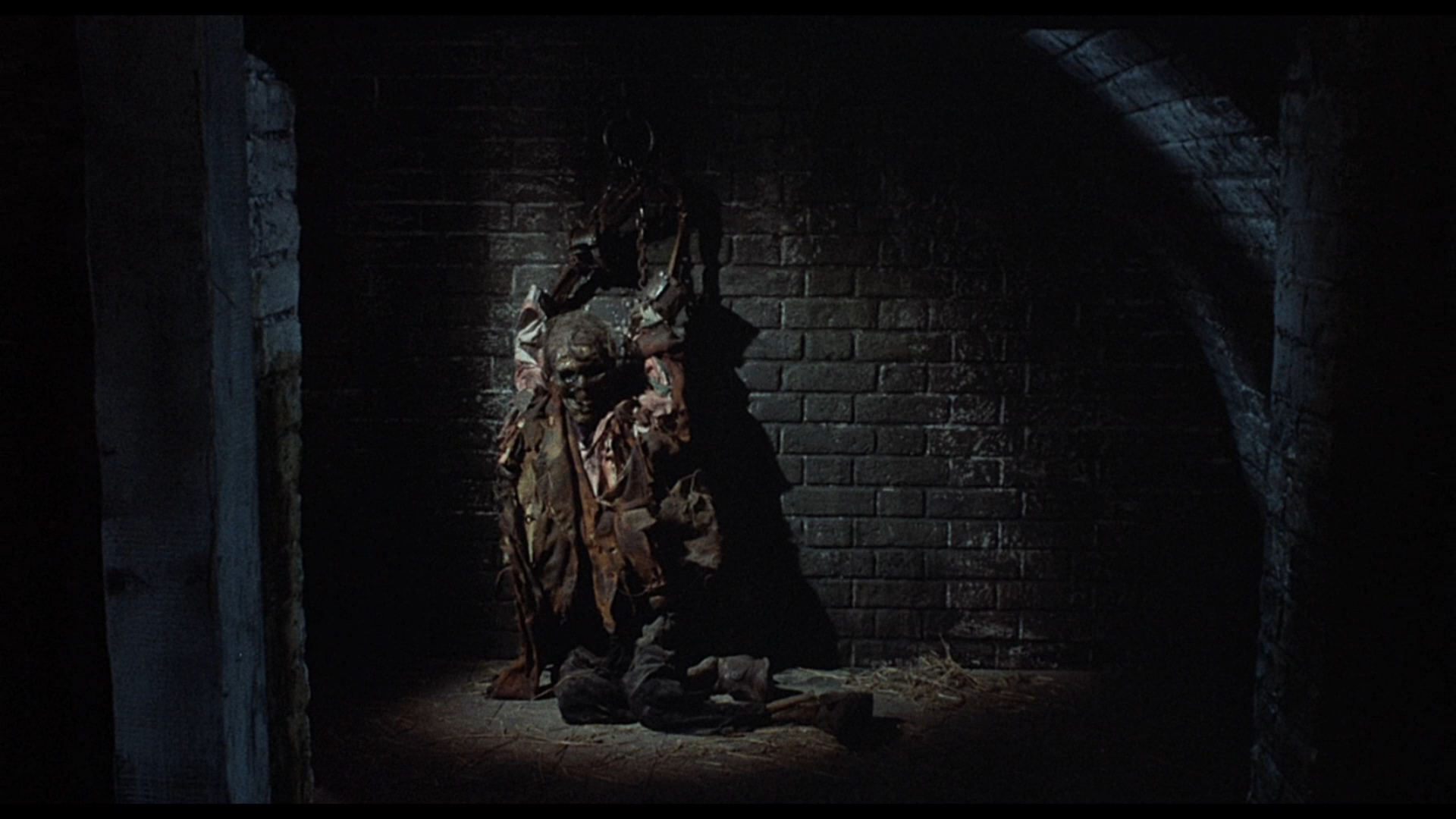

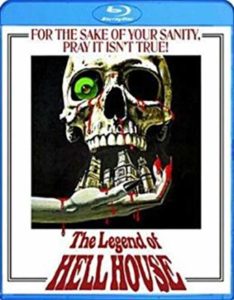
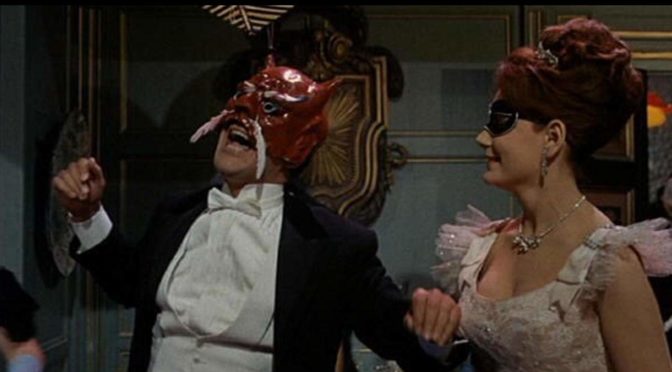
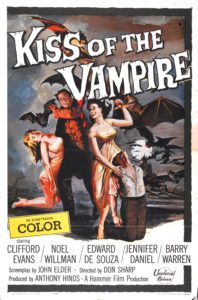 Nature of Shame:
Nature of Shame:
